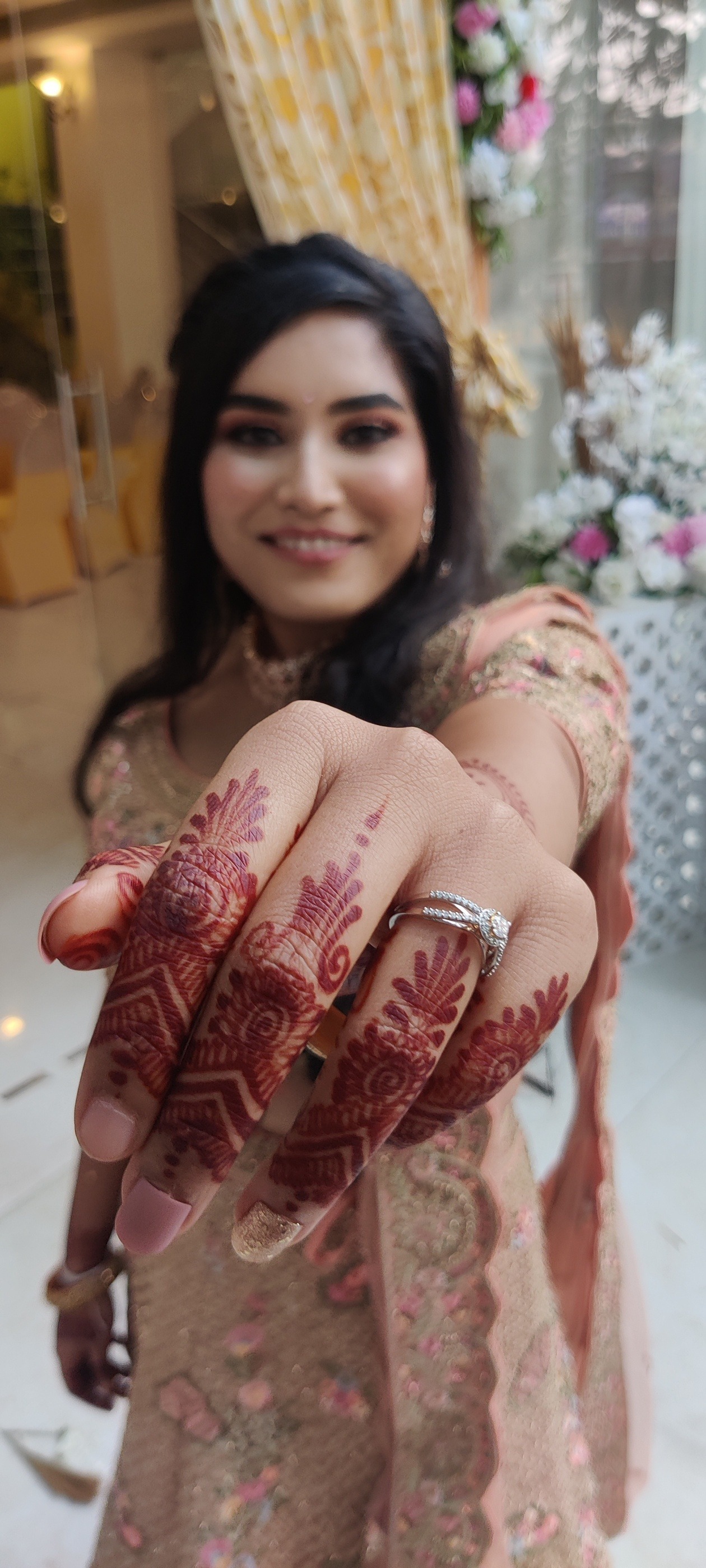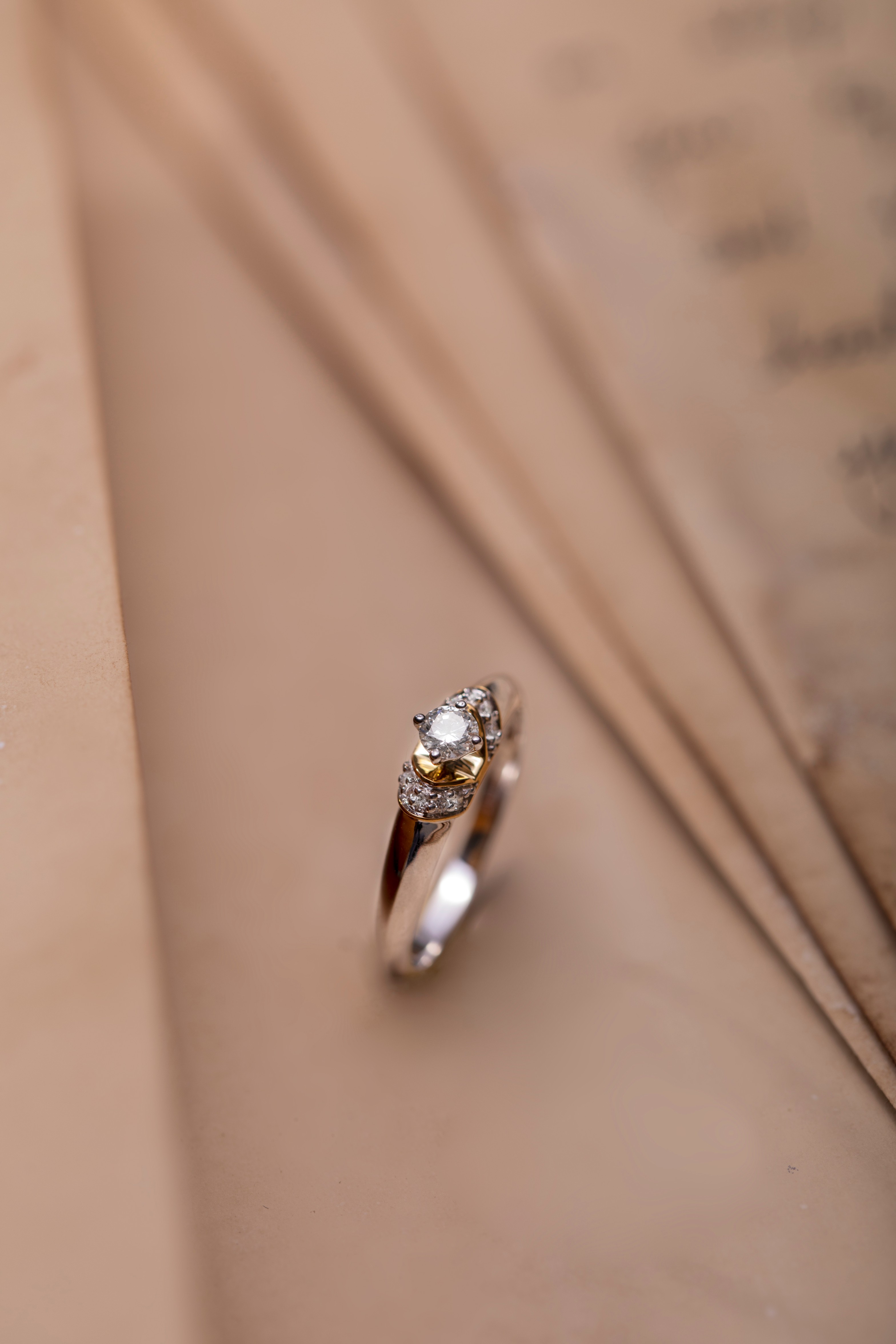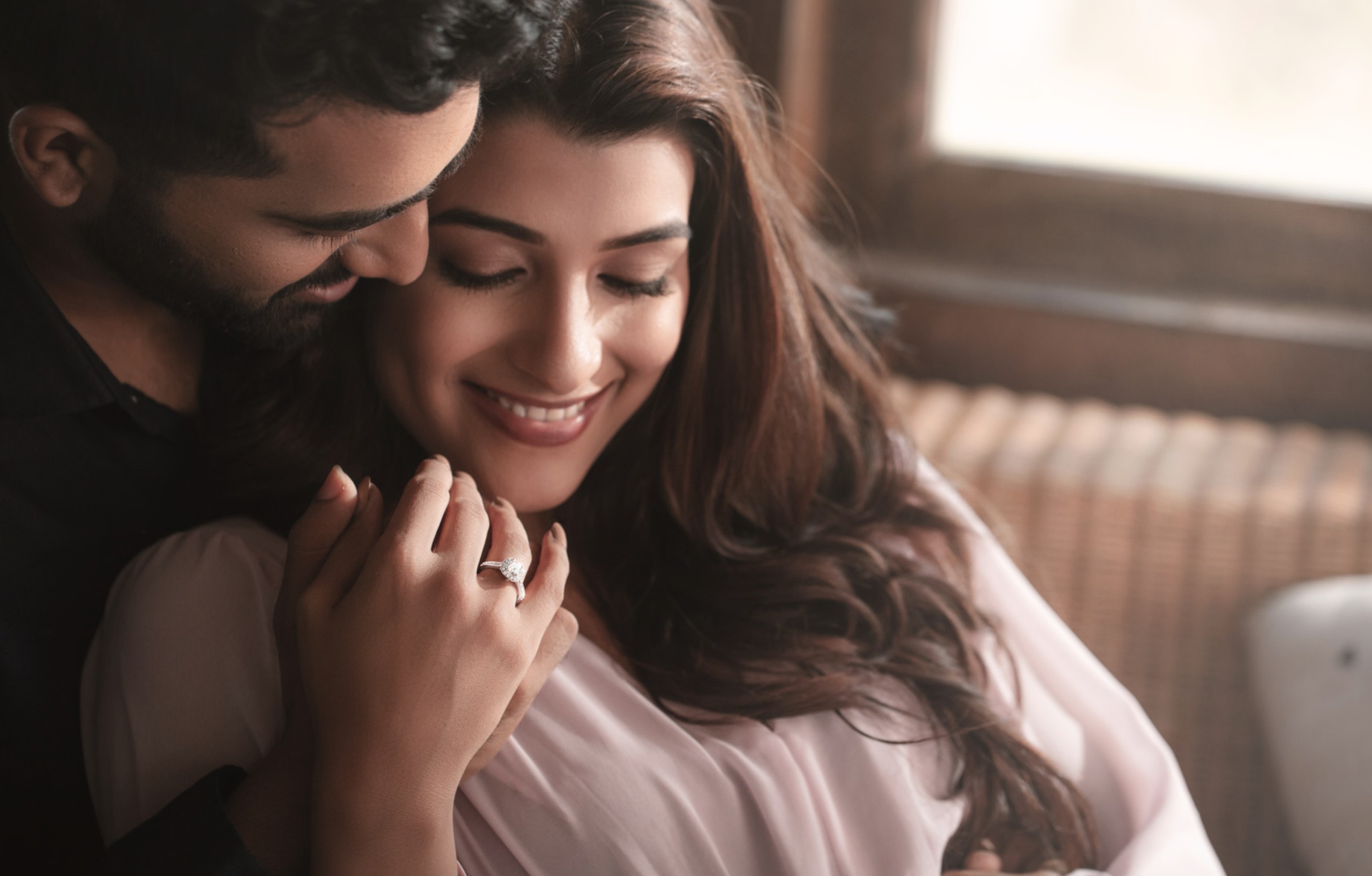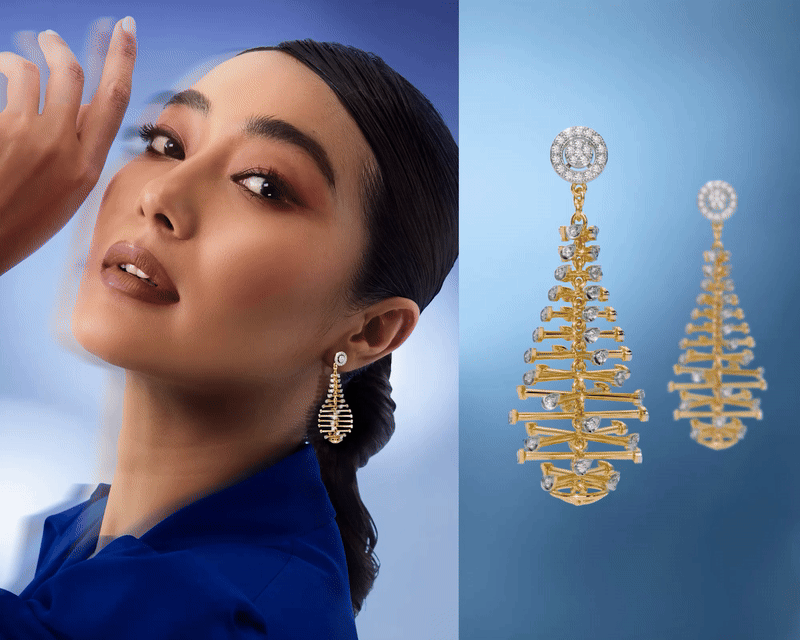There is jewellery. And then there are Solitaires. The queen of diamonds, the eternal mark of brilliance. The one stone everybody wants to keep. Every woman aspires and dreams of wearing a solitaire, much like Audrey Hepburn’s daily sojourns to the Tiffany store, with dreamy eyes, imagining life through the facets of a solitaire.
Contrary to popular belief, solitaires are not only for engagements and for the wedded. Over the years we’ve received countless stories from the lovely women who bought a CaratLane solitaire. And we’ve seen some beautiful styles and the joy in their smile has remained unparalleled.
We’ve now crowd-sourced some of these styles in the hope that CaratLane solitaires spread more shine and joy across the world. Much like your smile! Solitaire jewellery has a sophisticated and elegant look that is ageless and will never go out of style. This classic style is traditional and timeless but doesn’t limit unique and creative designs that can be personalised to your specific requirements. You can get the best of both modern and traditional elements by styling your solitaire jewellery using time-tested methods that are guaranteed to work.

Types of metal
Wedding rings are made to be of high quality and use precious metal to represent everlasting love. The most popular choice includes gold that can be coloured white, yellow or rose. Platinum is another popular choice for a more premium look and feel. White metals like gold and platinum allow the diamond to shine brighter and be the star of the show, as in the Marvel solitaire ring. Yellow metals will reflect some of that colour in the diamond, adding some intrigue – an excellent example is the Idoya solitaire ring. Rose gold is famous for its vintage aesthetic. There is no wrong option when it comes to selecting a metal. You can also go for a two-toned band mixing different metals. You can choose a metal based on your preferred aesthetic as it will elevate the design of your solitaire jewellery.
Ring bands that bring out the solitaire in your jewellery
The band of a ring is an essential factor to consider when styling solitaire jewellery. The most classic look is a plain metal band. A simple band highlights the diamond and allows it to be the centre of attention. The simplicity and elegance of this look are well suited for solitaire jewellery, but if it is a tad too plain for your taste, you can elevate it with different styling options.


You can insert gemstones into the band as well to add personality. Although solitaire jewellery features a singular central rock, these act as accents and complement your diamond well. It adds more shine to your ring and makes it look more modern. You can use diamonds for a sophisticated yet contemporary look or use coloured stones for more flair.
Some rings feature multiple bands instead of a single plain band. These bands can be interwoven to create interesting negative space in-between. Multiple bands can be seen in several variations, including some innovative designs. A recently popular band style is a bypass engagement ring where the ends of the band do not actually meet but bypass each other to create an intriguing aesthetic.
The type of band you use for your ring is only limited by your imagination. Whether it is something classic or something modern and innovative, the choice you make when selecting a band can enhance the solitaire in your ring.
Style solitaire earrings and necklaces
Solitaires are not restricted to rings and can be worn in pendant necklaces and earrings. While men and women talk of solitaires on their rings, they can shine just as brightly in other jewellery.
For example, women will look radiant wearing the Twinkle Swerve solitaire stud earrings. As for men, the Hawk solitaire earring in white gold lends itself to a strong fashion statement. Personalised pendant necklaces are often worn as everyday wear. But a solitaire pendant in a prong setting like the V’ Loop solitaire pendant takes it up a notch and calls for a dressier occasion.

Now that we have covered the types of jewellery that bring out the diamond in them, we can discover the type of diamond you can choose.
Diamond cuts and shapes
The diamond is the focal point for solitaire jewellery, so it goes without saying that the type of cut you use is an important consideration. Diamonds can be of different cuts and shapes, altering the look and feel of your solitaire ring. The most popular types of cuts are:
- The brilliant-cut is a rounded shape with a lot of brilliance and sparkle. You can add several facets for more shine or keep it smooth for a rougher look. It is a classic and timeless option that pairs well with solitaire jewellery.
- The princess cut is a square shape with sharp corners. It has a more linear aesthetic and is well suited for people who like fine and elegant jewellery but also has boldness and robustness.
- The cushion-cut blends straight and rounded edges that make a rounded square. They are somewhere between the princess and brilliant-cut and offer the best of both worlds.
- Oval cuts are elongated versions of the brilliant cut and are oval in shape rather than circular.
- The marquise cut is a historical shape that became popular in the 1700s. It features an elongated shape with pointed ends that make it look like a boat. It is a cut that has done its rounds in the jewellery world and seems to be making a comeback.
Any cut you choose will work well in solitaire jewellery as the diamond is the piece’s focus. Trust your instincts and choose an aesthetic you like because you are the one who is going to wear it.
How you choose to wear a solitaire is completely up to you. You can wear it on your ears, fingers, or around your neck and own your style. One would think that solitaire is so glamorous that it needs only a plain setting. That would be wrong because the solitaire cannot be outshined regardless of the design, metal, or type of jewellery! You will find that when you gaze upon the solitaire diamonds at CaratLane.
Don’t miss:








